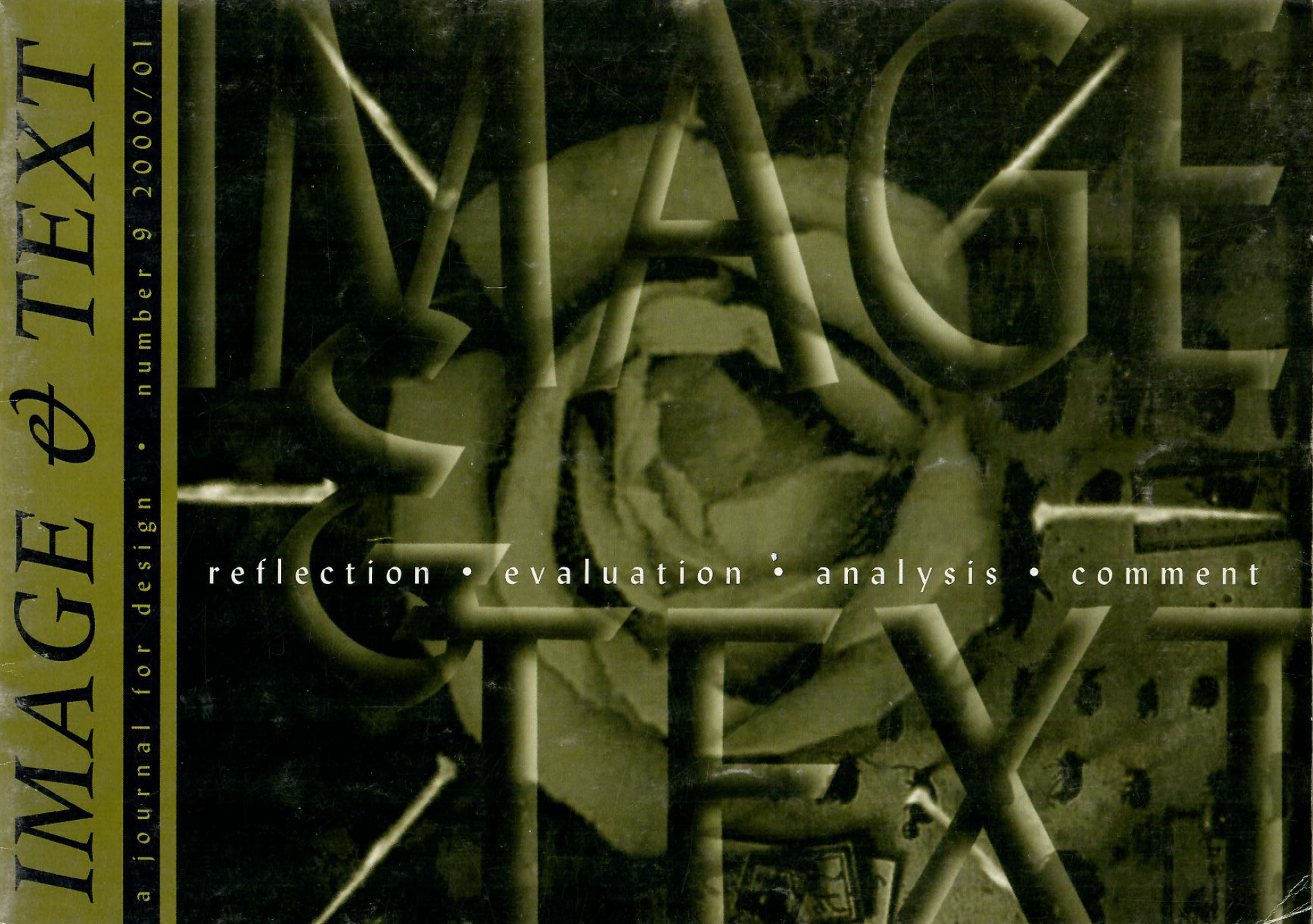Design as tool for cognitive metabolism. The role of design in the socialisation of knowledge
DOI:
https://doi.org/10.17159/Abstract
The use of digital media for knowledge presentation in education and knowledge management in business, raises two fundamental questions: the relation between design and cognition, and the role of audiovisualistic rhetoric - an, as yet, ill-defined field of consideration in design. This article addresses the question of how design can help to reduce cognitive complexity, produce clarity and contribute to transparency and understanding. It claims that a research policy should not aim exclusively at knowledge production, but should also take into account the process of knowledge distribution and assimilation. Design can assume a decisive role in these two phases of knowledge socialisation . It is able to structure and present knowledge so as to promote and facilitate effective absorption through the judicious application of combined resources from different domains: sound, music, movement, text and images. This application includes aesthetics as a constitutive domain and not simply as an add-on to usability. An example of software development for medical education is used to ground the proposal that design plays a catalytic role in the process of cognitive metabolism



